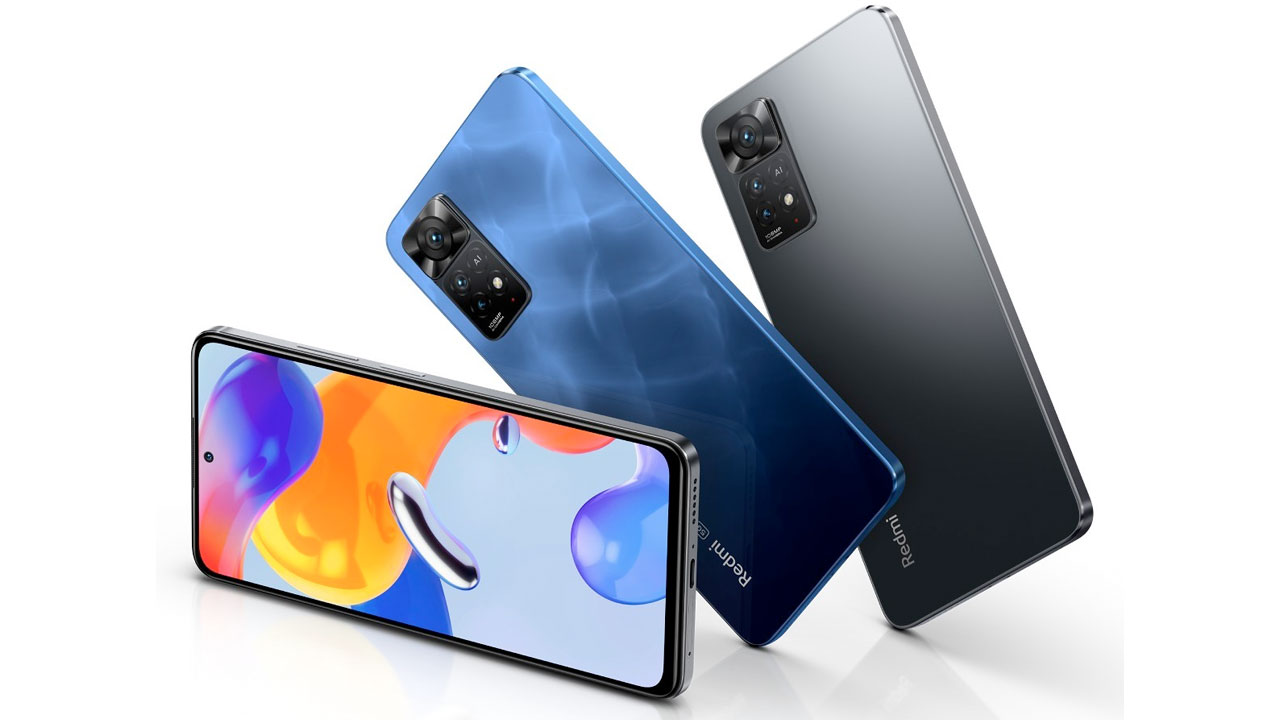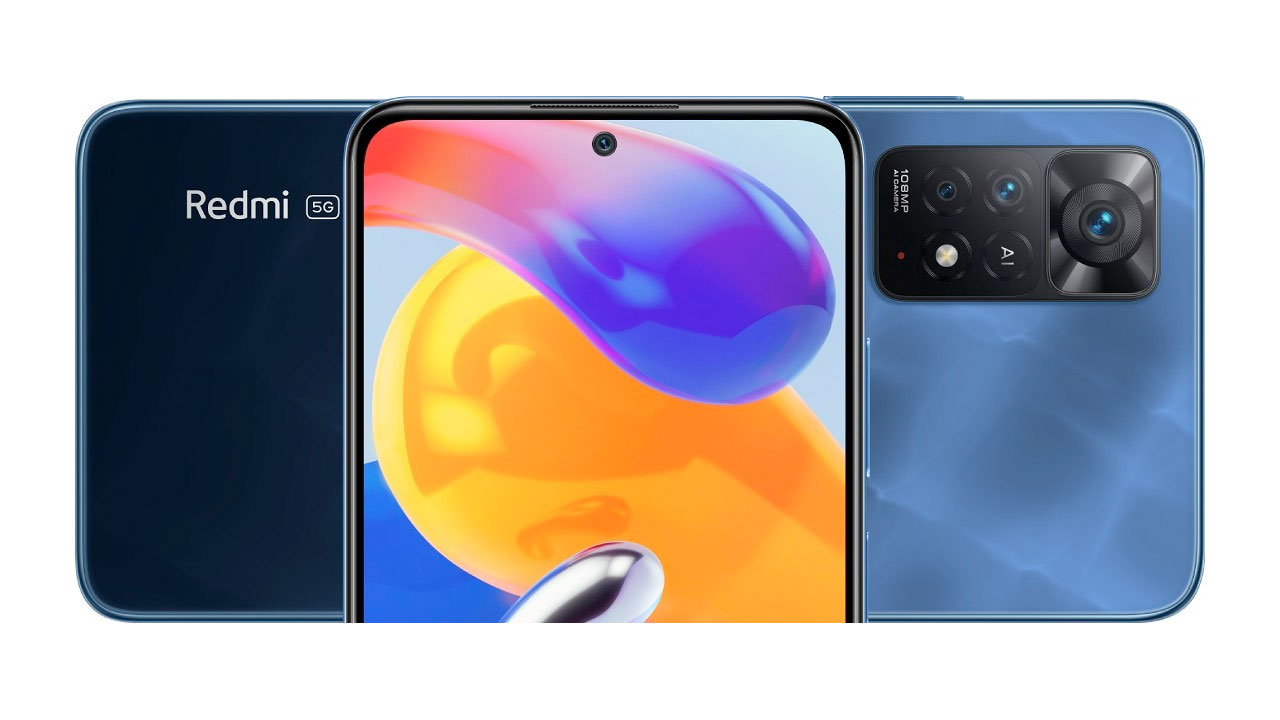Xiaomi officially launched the Redmi Note 11 series in the global market and was surprised by two Pro models. Of course, you shouldn’t be confused with the Redmi Note 11 Pro for the Chinese market. The two global models are very similar, the difference being in the choice of chipset used, which decides whether they offer 5G or 4G connectivity.
The Redmi Note 11 Pro 5G uses the Snapdragon 695, the 6nm sequel to the 690. This is paired with 6GB or 8GB of RAM and 64GB or 128GB of internal storage. One thing to note, both smartphones have a hybrid card tray, meaning you can insert a microSD card instead of a second SIM card.
Meanwhile, for consumers who still like 4G, this device is supplied with the Helio G96 chipset. It’s built on an older 12nm node and its two Cortex-A76 CPU cores are a few generations behind the Snapdragon (with two Kryos derived from the A78).

Also, its Mali-G57 MC2 GPU is no match for the Adreno 619. At least the two smartphone models are on par in terms of software. Yes! Xiaomi provides Redmi Note 11 Pro 5G and 4G with the MIUI 13 interface based on Android 11.
Apart from the chipset (and connectivity), the two devices share pretty much everything else. This includes a 6.67-inch AMOLED display with 1080p+ (20:9) resolution, 120Hz refresh rate, and 360Hz touch sampling rate. The display supports the DCI-P3 color gamut and has a typical brightness of 700 nits (1,200 nits peak).
In order not to be easily scratched, the screens of these two smartphone models have been protected by Gorilla Glass 5. The rest of these smartphones have been armed with IP53 certification, meaning that the Redmi Note 11 Pro 5G or 4G has the ability to withstand dust and splashes of water.
The main camera on the back sports a 108 MP ISOCELL HM2 sensor, measures 1/1.52” with 0.7µm pixels and supports 9-in-1 (2.1µm) binning. This sensor supports zoom up to 3x natively, which is very useful since there is no dedicated lens.
There is also an 8 MP (118°) ultra-wide camera and a 2 MP macro camera. Meanwhile, the 4G model also gets a 2 MP depth sensor, but that’s nothing to boast about. There is a 16 MP selfie camera housed in a punch-hole in the AMOLED screen. As for the fingerprint reader, Xiaomi has installed it on the side.
Other items of interest on the side are the 3.5mm headphone jack and dual speakers. Both models are powered by a 5,000 mAh battery, which supports 67W fast charging. They can go from zero to over 50% in just 15 minutes.
A charger is included in the box, as is a USB-C cable. Additional connectivity includes NFC, IR blaster, Wi-Fi 5 (ac) and Bluetooth 5.1. Now! For consumers who are interested in buying it, the Redmi Note 11 Pro and Note 11 Pro 5G will be available in February.
That said, the Pro 4G model will go on sale from US$ 300 (Rp. 4.3 million) for the 6 GB/64 GB model and increase to US$ 350 (Rp. 5 million) for the 8 GB/128 GB option. Meanwhile, the Pro 5G model starts on sale at a price of US$ 330 (Rp 4.7 million for the 6 GB/64 GB variant and increases to US$ 380 (Rp 5.5 million) for the 8 GB/128 GB variant.












